Oslo, the capital and largest urban center of Norway, is a modern, interesting, clean, and organized city. Although it is not considered a top tourist destination, a weekend in this Scandinavian metropolis is definitely worth it.
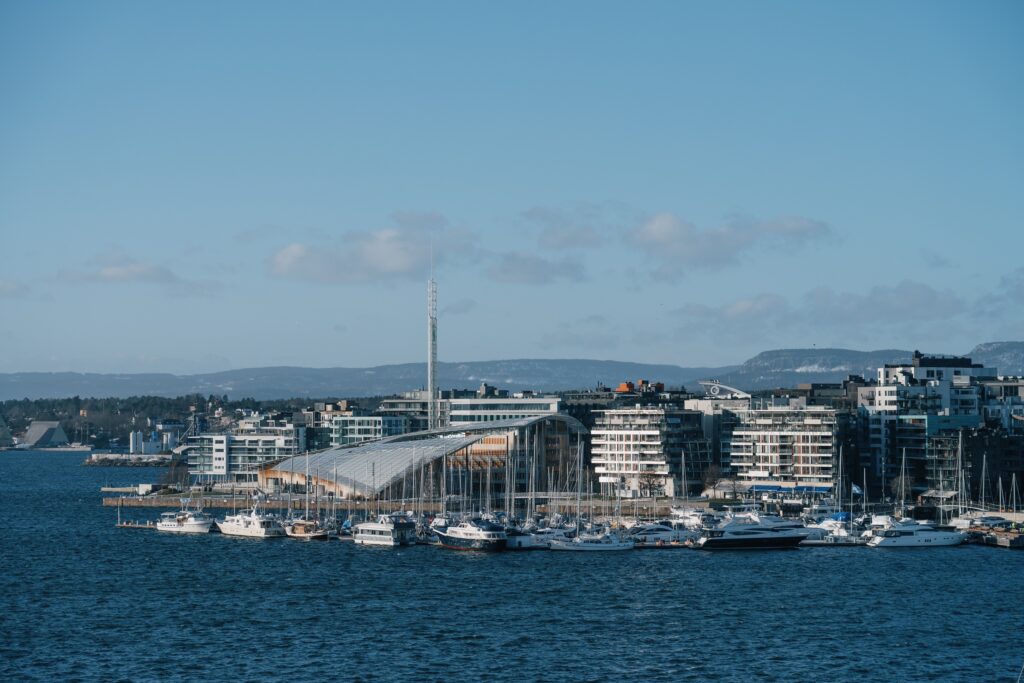
Airport and Access to the City
Oslo’s international airport (Oslo-Gardermoen) is located northeast of the city, approximately 50 kilometers from the city center. It is a modern and functional airport with flights to various parts of the world. In the airport terminal, you can find a wide range of restaurants, cafes, and shops for clothes and souvenirs.
If you haven’t rented a car, getting to the city is particularly easy and quick via public transportation. There are high-speed trains, buses, and taxis connecting the airport to Oslo. The train is the fastest option, as it takes just 20 minutes to reach the city’s central station. You can find a train every 10 minutes if you choose the FlyToGet express, costing 230 Norwegian kroner, or about 20 euros (exchange rate in January 2025). The second and more affordable option is the regional trains R10, R11, and R12, which run every 10 to 30 minutes. For 115 Norwegian kroner (10 euros), you’ll reach the Oslo central station in 22 minutes. The tickets are valid for two and a half hours, and the platforms are just a few meters outside the airport terminal.
Fun fact: In just 32 minutes, we went from the central train station to the airport, passed the baggage check, and arrived at the flight gates.
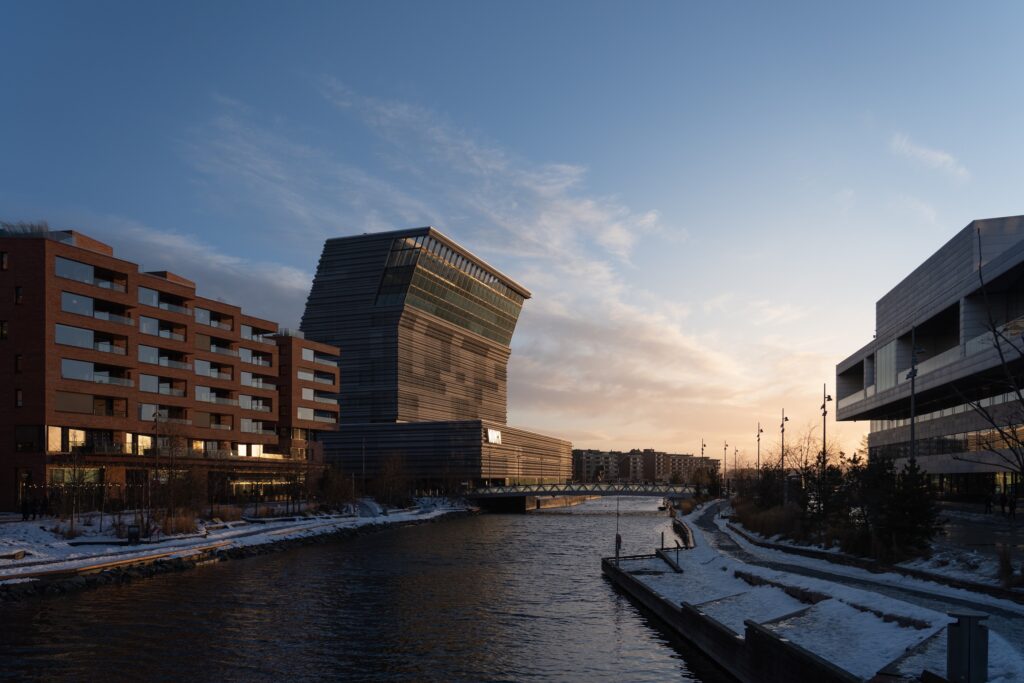
Where to Stay
If you’re visiting Oslo for the first time and for just a few days, we would recommend choosing an area near the center, particularly between the Aker Brygge and Gamle Oslo neighborhoods. In these areas, you’ll be within walking distance of most attractions. We stayed at the Central Apartment Opera Bay, an apartment next to the Oslo Opera House. The price for 2 nights was 250 euros for a 48 square meter apartment on the 5th floor with a balcony and a view of the city.
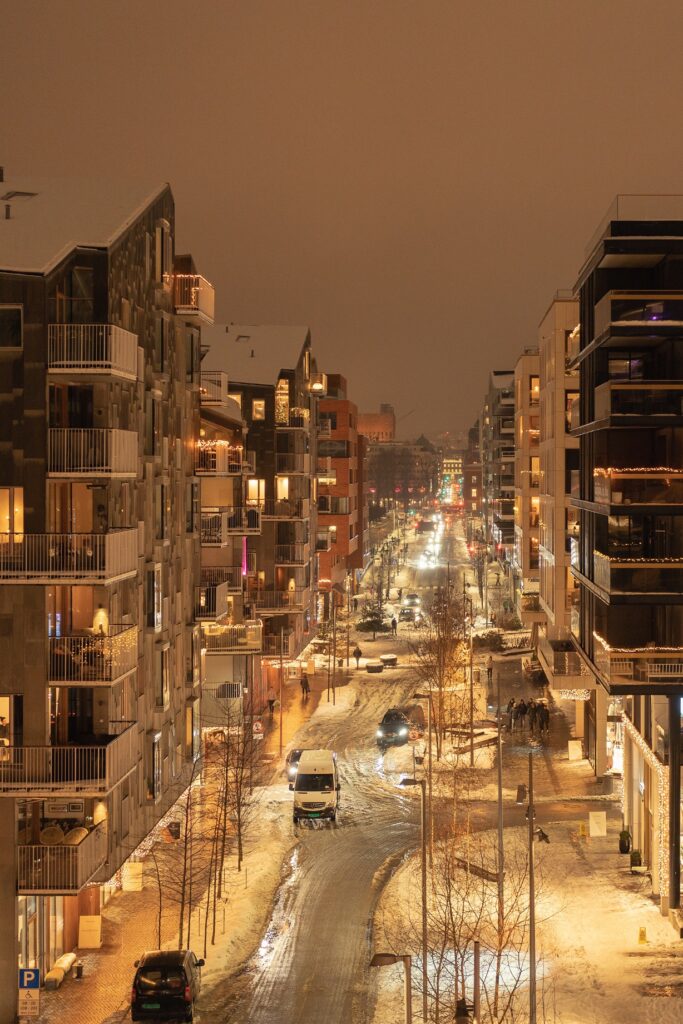
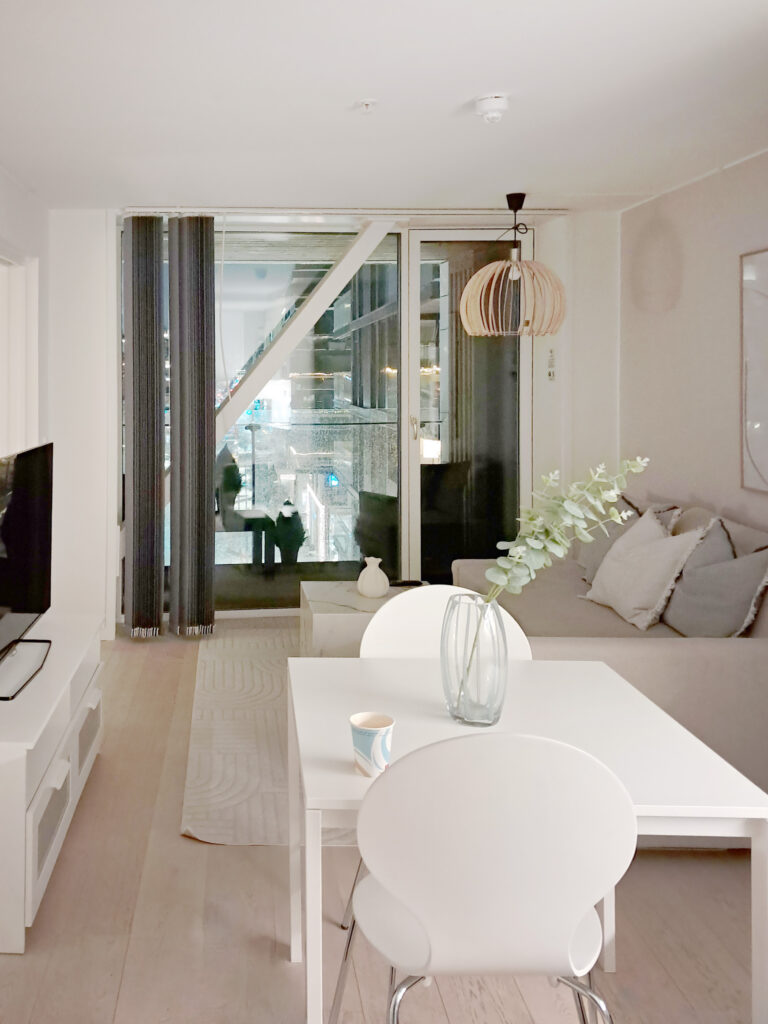
How to Get Around
For getting around, you can use public transportation such as the metro, trams, and buses. If the weather allows it and you’re staying in the city center, walking is the ideal choice. Oslo is a city designed for pedestrians and cyclists. However, if you’re visiting the city in winter, special attention is needed as many pavements may be frozen and can become slippery and dangerous.
What to Do
Oslo offers plenty of winter activities for all types of visitors. Skiing is one of the most popular sports in Norway, and just a few kilometers from the city, there are ski slopes for enthusiasts of the sport.
Main Attractions
Art museums such as the Munch Museum, the National Museum, and the Astrup Fearnley Museum, the Oslo Opera House, the National Theatre, the Parliament, the City Hall, the Cathedral, the Royal Palace, Akershus Fortress, and the Nobel Peace Center, where the Nobel Peace Prize is awarded every December.
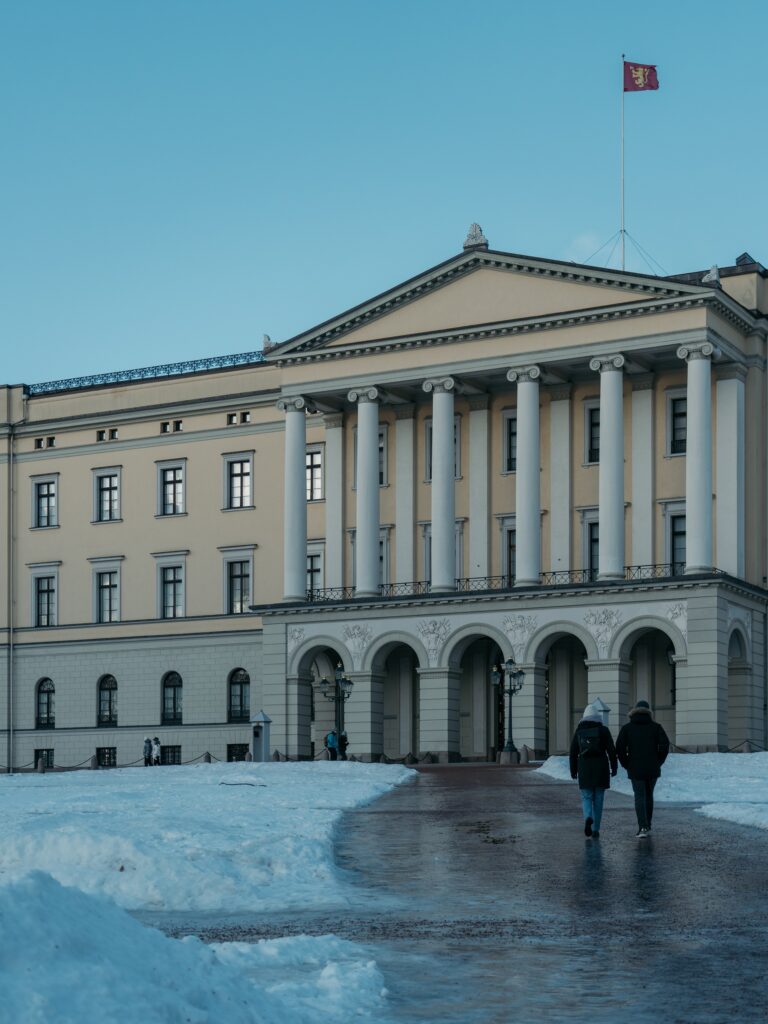
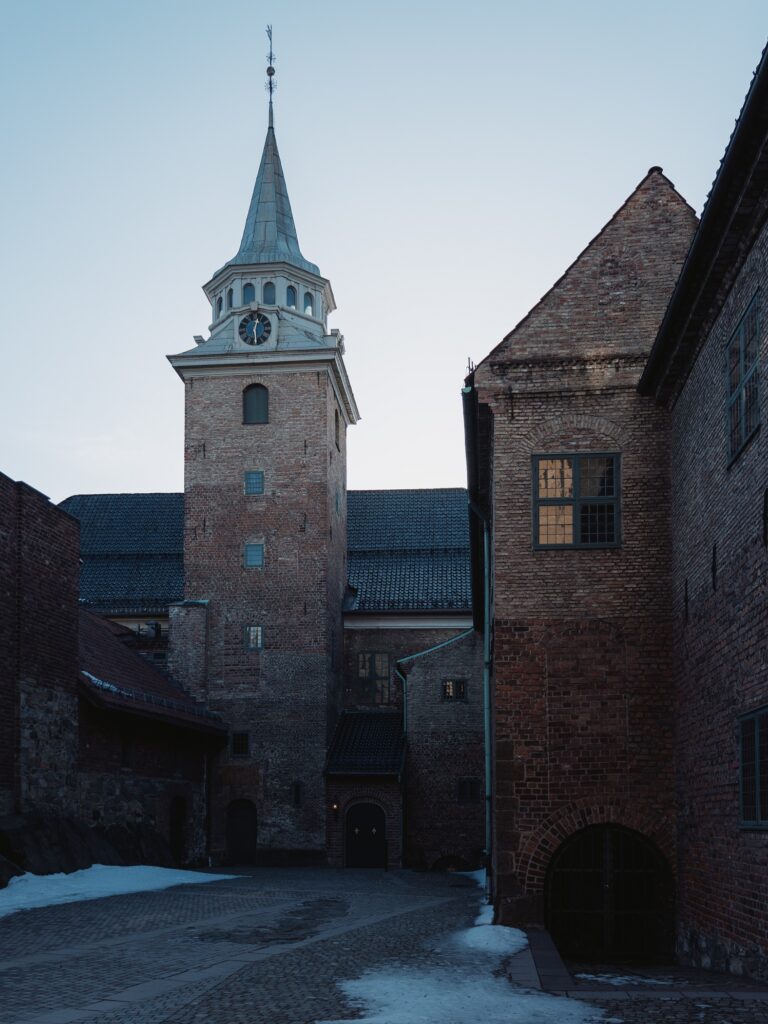
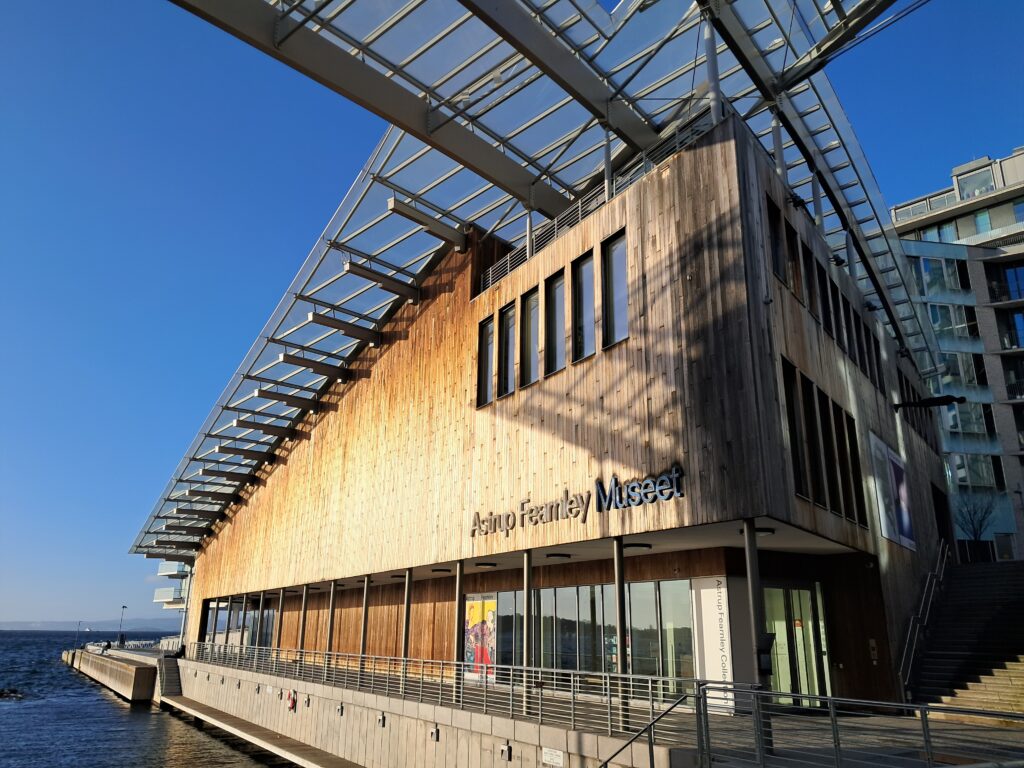
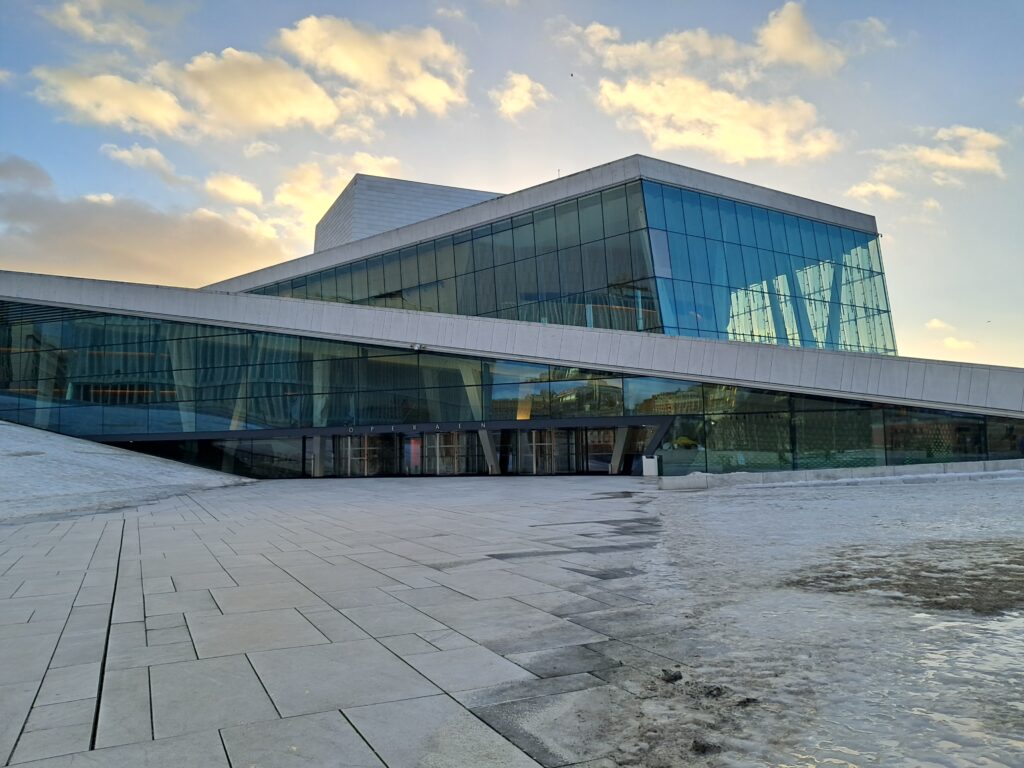
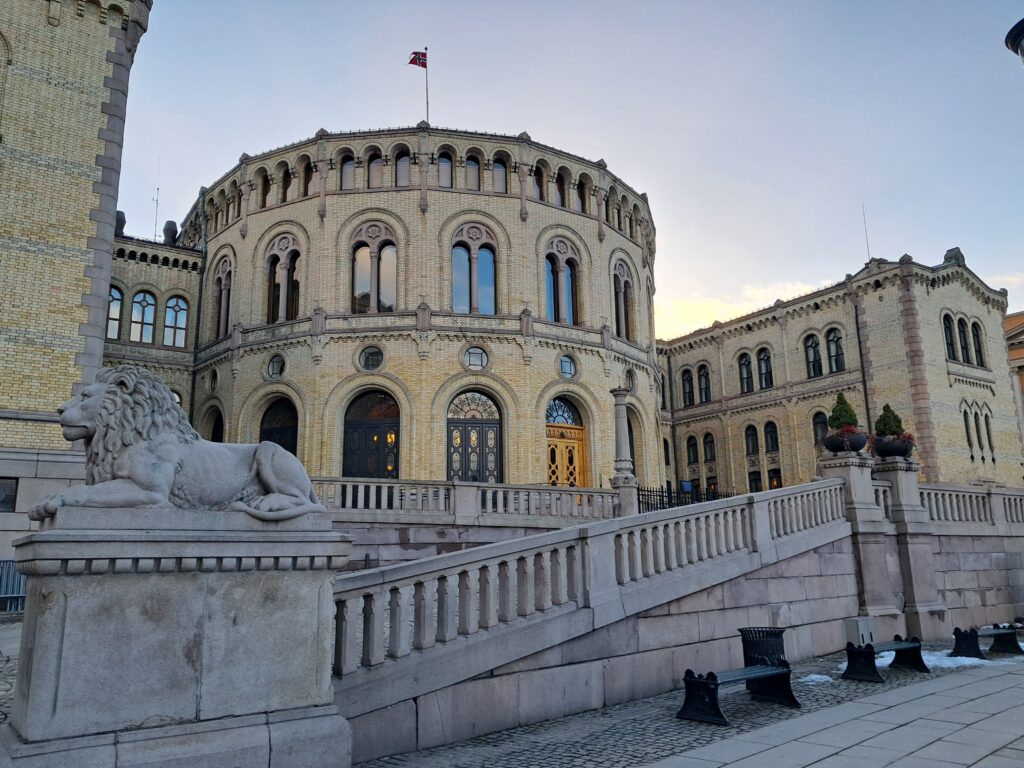
Floating Sauna at the Oslo Harbor
One of the most authentic activities you definitely should try is the floating saunas in the Oslo harbor. We opted for a non-commercial sauna, the Oslo Fjord Sauna by Fjord CleanUp. For a fee of 13 euros, you contribute to cleaning the fjord and can enjoy a wooden sauna with a capacity of 8 to 10 people for 2 hours. You’ll need two towels, swimwear, and a water bottle for hydration. There is a small changing area, and you can also book the sauna exclusively for yourself and your group. The special thing about this sauna is that when you feel the need for a cool break, you can take a dip in the icy waters of the fjord. A truly unique and unforgettable experience.
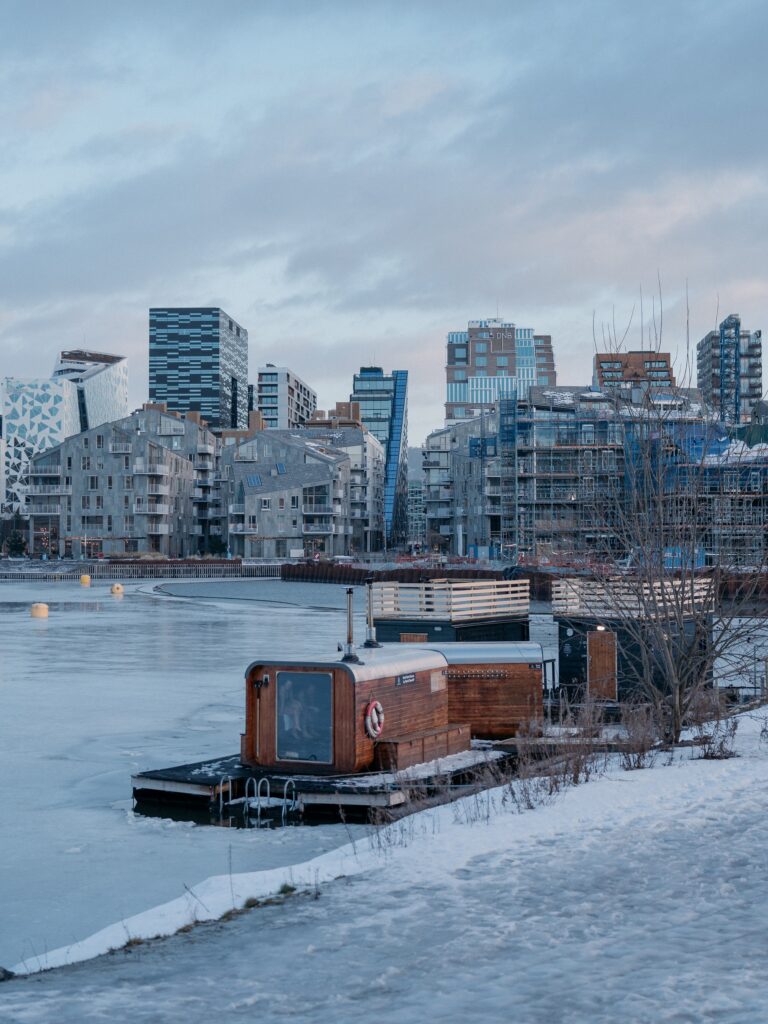
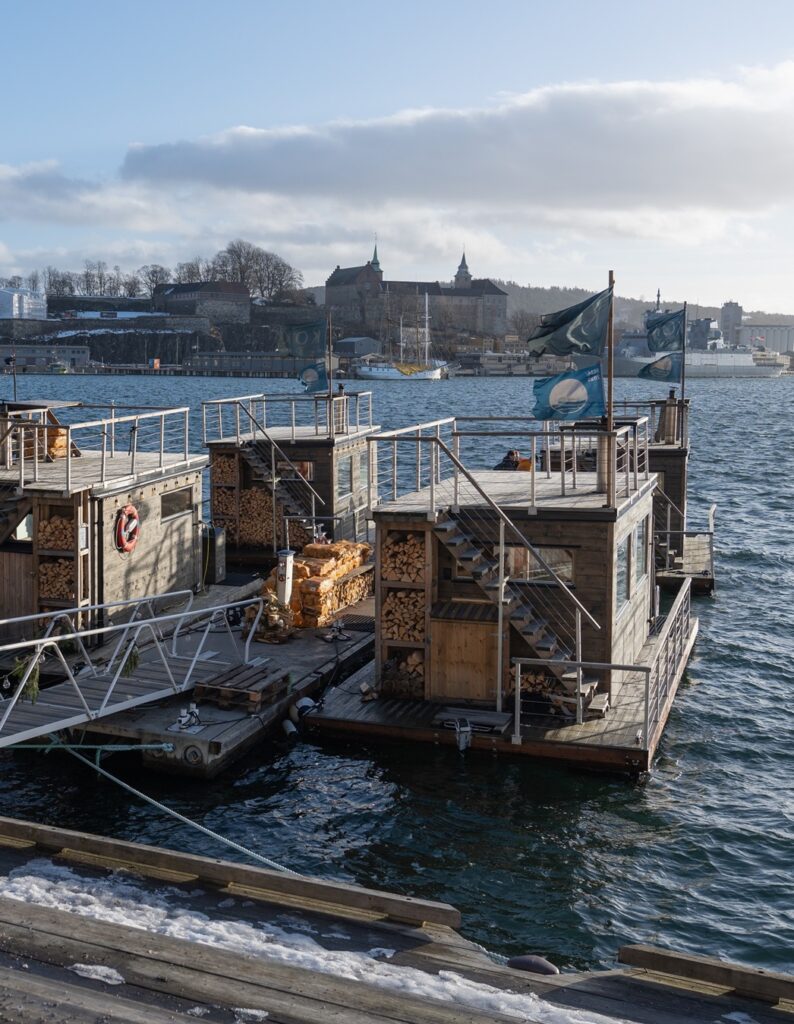
Cruise in the Oslo Fjord
Oslo is located within the fjord of the same name. Daily excursions are organized with various types of boats. We booked the 100% Electric Oslofjord Sightseeing Cruise for 2 hours and 32 euros per person through GetYourGuide. The cruise departs from the harbor in front of the City Hall twice a day, at 11 a.m. and 1:30 p.m.
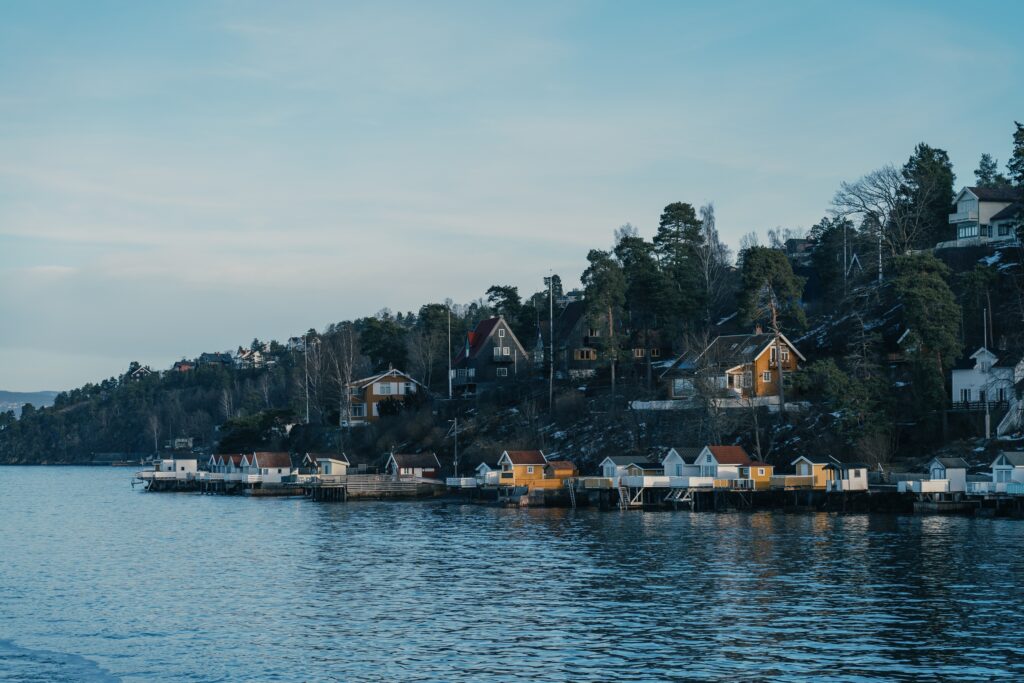
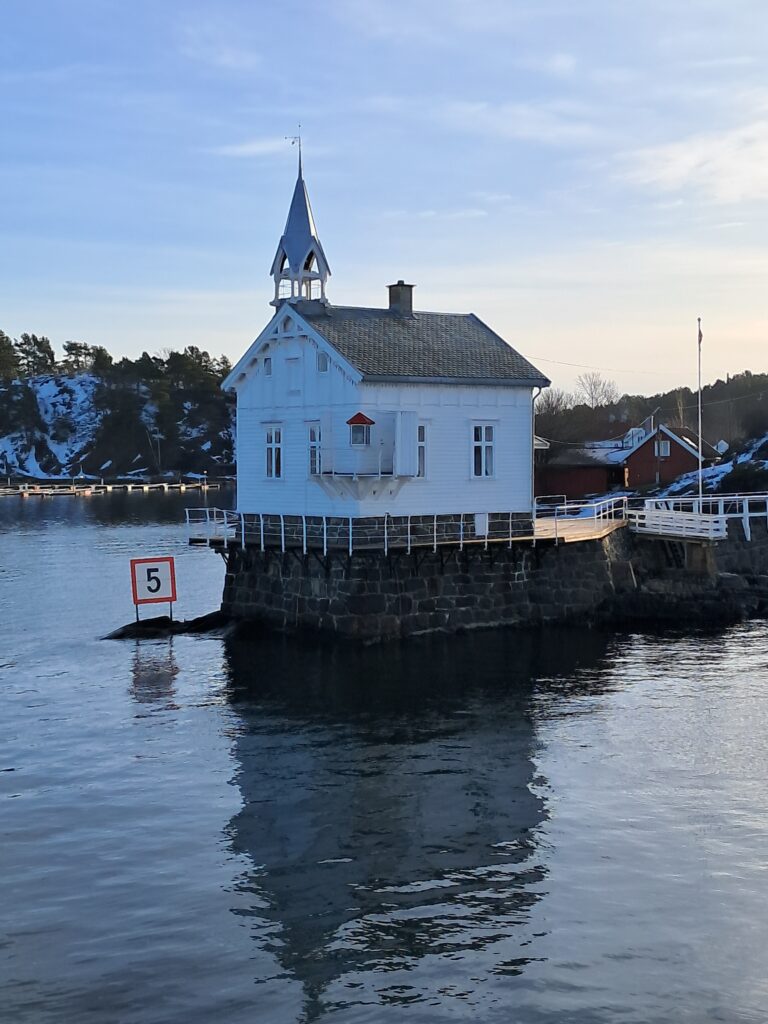
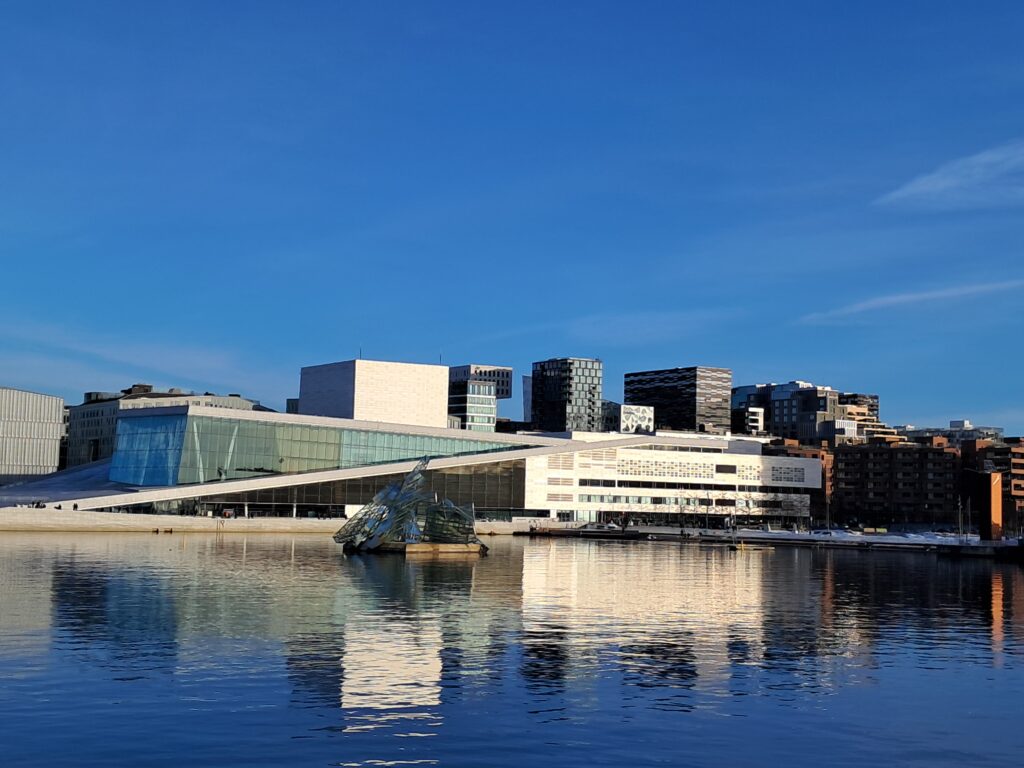
The snowy landscape with the frozen waters and the characteristic colorful houses, mostly used as vacation homes, are the main reasons we loved this cruise. The silent electric boat, along with the excellent weather, made this trip even more beautiful.
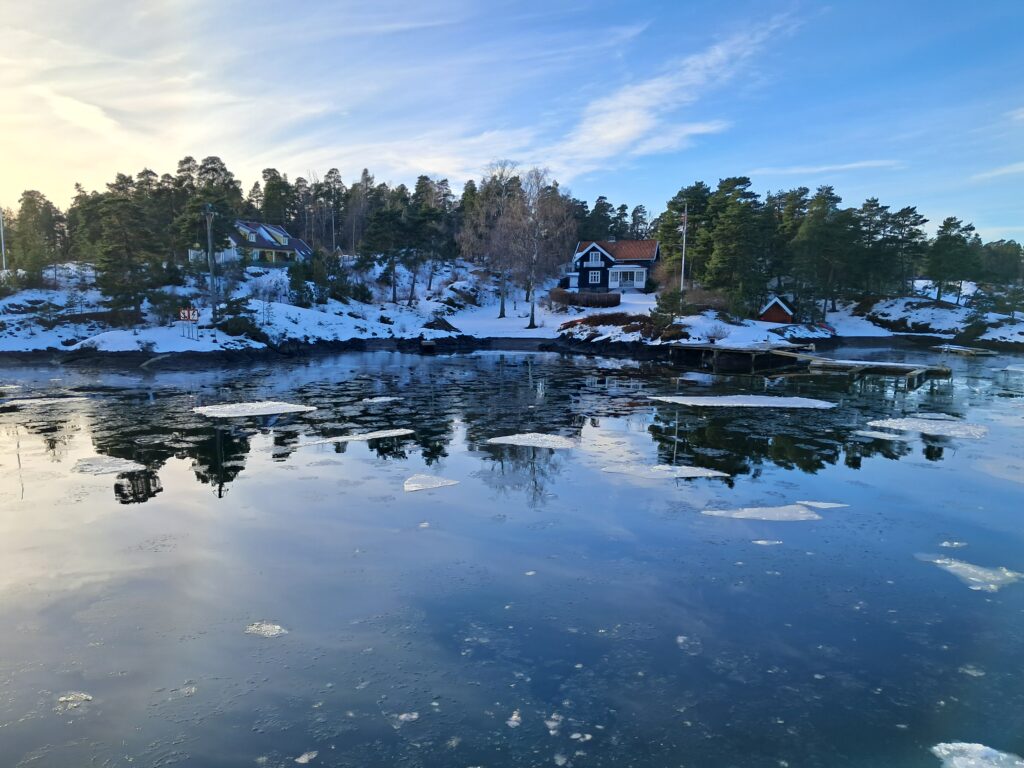
Where to Eat
Breakfast
Apent Bakeri Barcode or Godt Brod Munch Brygge: You must try the excellent cinnamon and cardamom rolls for 5 euros each, as well as the avocado and egg toast for 15 euros.
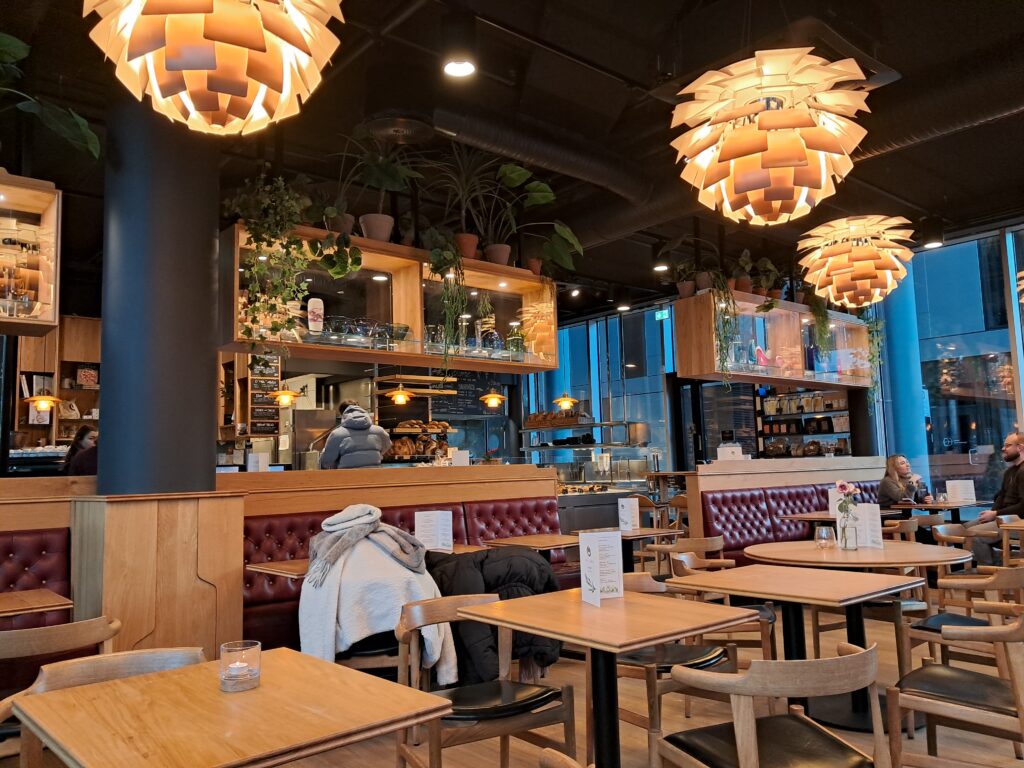
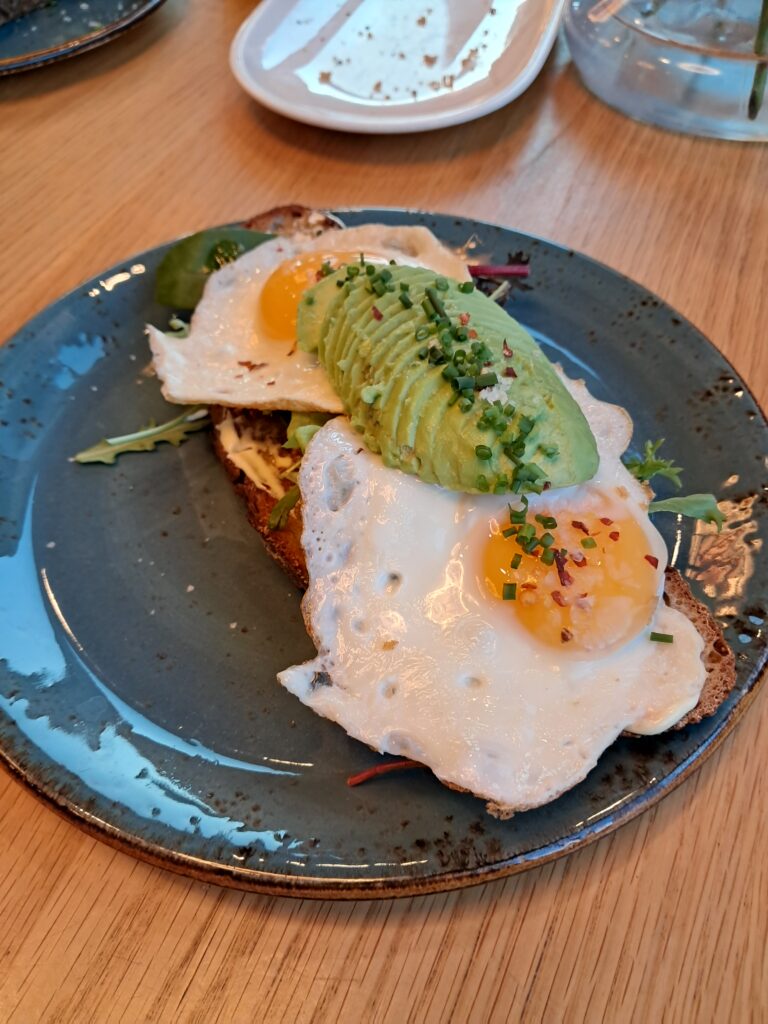
Lunch
Mamma Pizza: A very good Italian restaurant in the city center with pizzas (20 euros), fresh pasta (20 euros), and tiramisu (13 euros).
Barcode Streed Food: An indoor space with small food truck-style restaurants offering affordable prices and cuisines from around the world, such as Indian, Greek, Japanese, and American. Try the fish and chips with Norwegian cod for 15 euros at Bacalao til Folket.
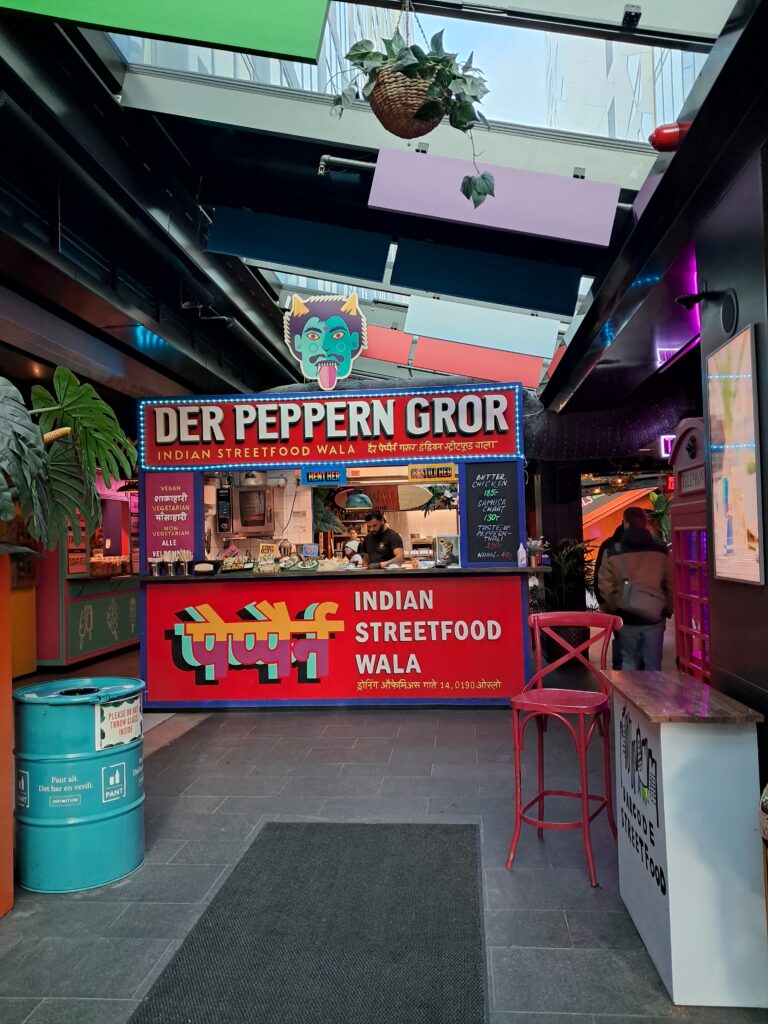
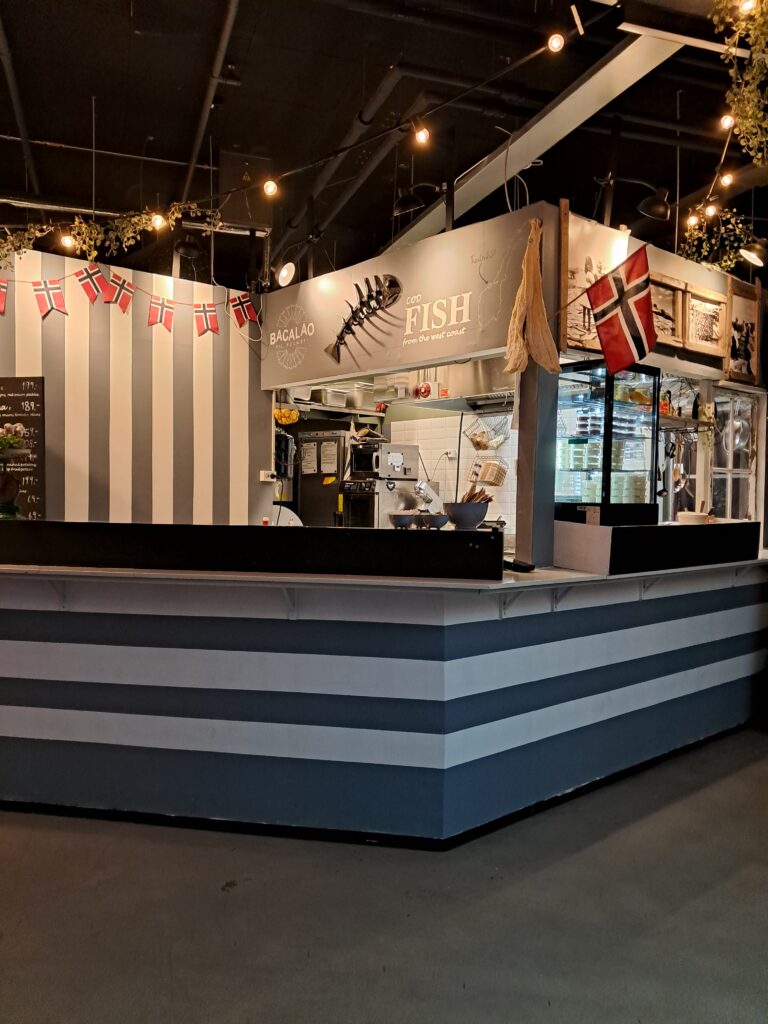
Dinner
Hyde restaurant: If you’re a fan of gastronomy, this Michelin-starred restaurant will amaze you. The menu is a 6-course tasting for 115 euros per person, excluding drinks. The cuisine is modern Norwegian with a focus on seafood. The very delicious sauces in each dish, the friendly service, and the lively atmosphere stand out. If you don’t drink alcohol, try the Norwegian sparkling beverage, Villbrygg Flyt, which is sambuca with coriander.



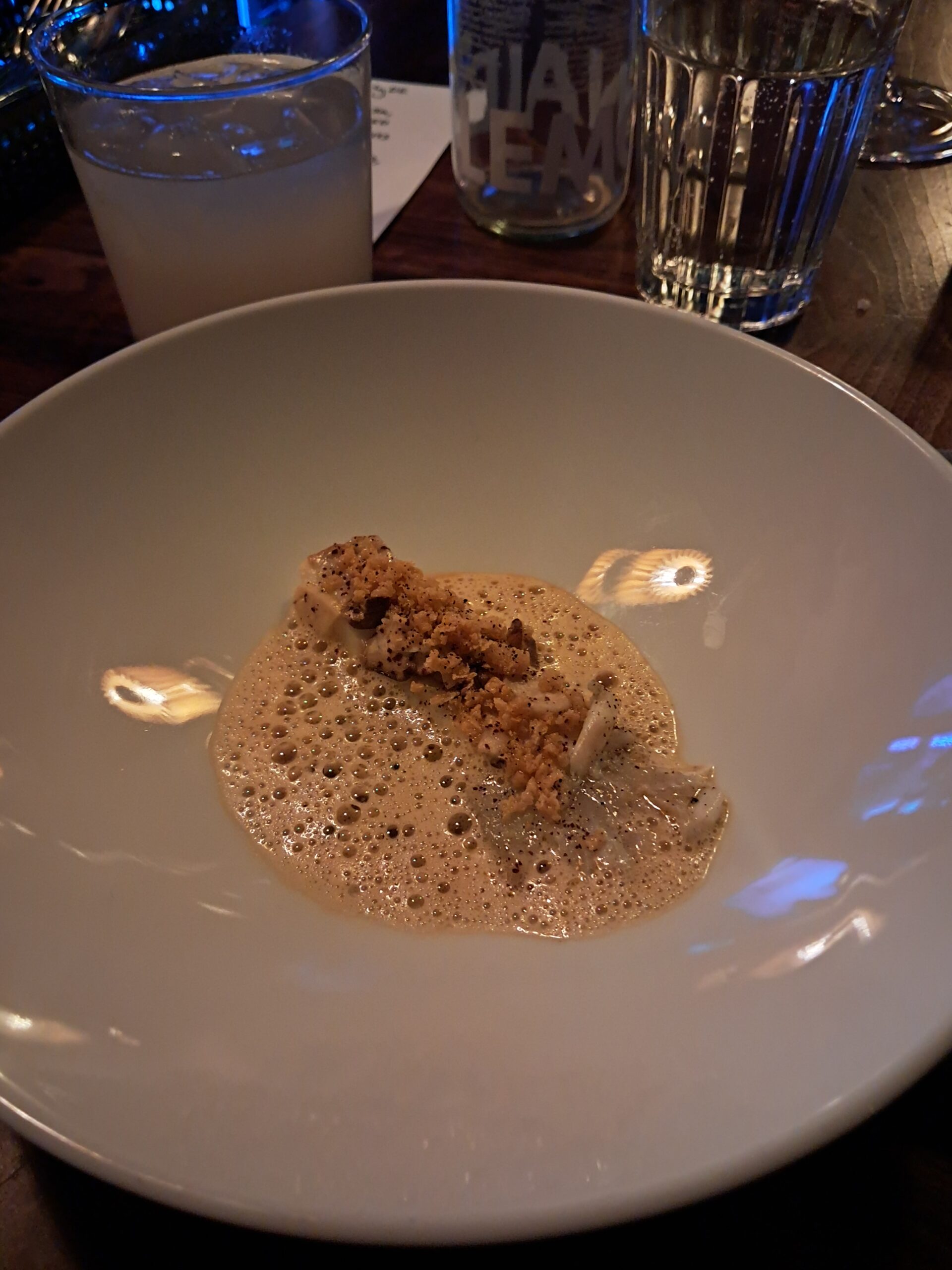
Seaport Restaurant: For a more affordable à la carte option, Seaport is a restaurant with a view of the Oslo harbor. Here, you can find primarily Eastern flavors with a variety of seafood and meats. Main dishes range from 25 to 40 euros.
It’s worth mentioning that the city also has a vibrant nightlife with plenty of cafes, bars, and clubs.
What we loved in Oslo
- The sauna experience and the dip in the icy waters
- The quality of the food
- The Oslo fjord cruise
- The sunny weather in January
What we didn’t like
- The icy and dangerous sidewalks in several areas
- The high prices